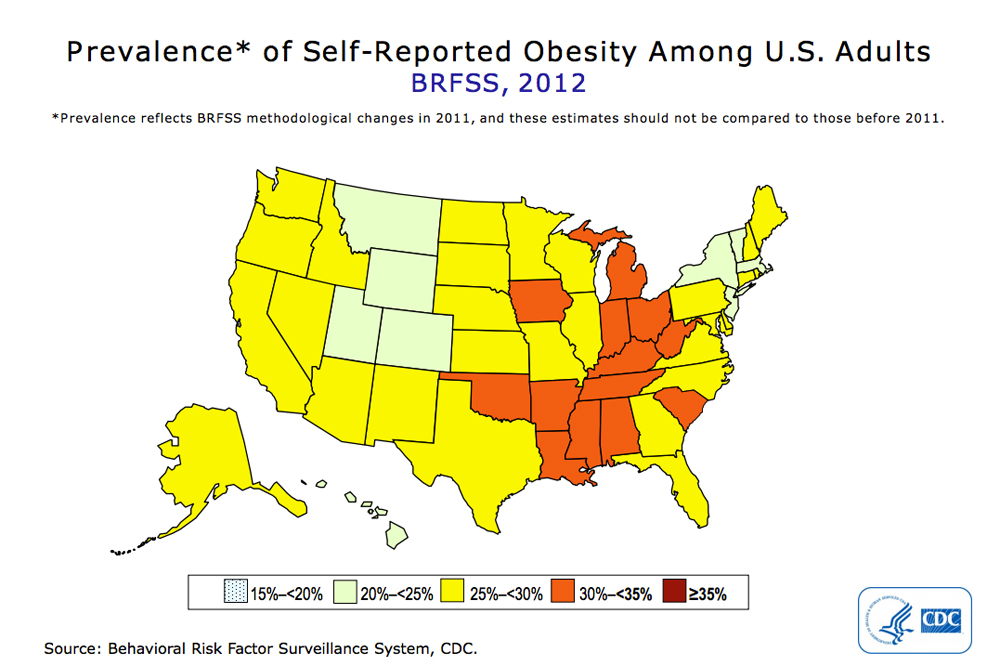
It is still controversial whether a low carb diet can increase your risk of having a heart attack, stroke or premature death. However, many believe it's worth exploring. Truth is, it may not make sense to eliminate all carbs. Nevertheless, a low-carb diet may improve many other markers of heart health, including HDL cholesterol, a measure of good cholesterol. The decision to eat a low-carb or high-fat diet is yours, but it can be a good place for a start.
A recent New York Times article discussed the benefits of a low-carb diet for heart health. Anahad O'Connor summarized an important study that examined the link between diet and heart disease. Dr. Bret Scheer, the Diet Doctor's medical director, led the study. It was headed by Dr. David Ludwig, a Harvard professor. These results are still inconclusive, but they're promising.

The participants in the study were randomly allocated to a low or high-carb food group. The diet was followed by them for six month. The high-carb group consumed more than seven percent of its calories from saturated fat, which is more than double the recommended dietary guidelines for Americans. The low carb group also ate a lot of fiber rich foods like whole grain bread and strawberry jam. The researchers concluded that high-carbohydrate diets were beneficial for heart disease prevention.
LDL particle sizes (the fatty particles present in the blood) were reduced by the diets used in the study. This was associated with a lower chance of developing coronary disease. While the study results were similar in nature, the diet with lower levels of sdLDL particles proved to be more effective than those with higher carbohydrate intake. The results of the trial show that restricting carbohydrates to a small amount may reduce the risk of cardiovascular disease. Further research is required to study the long-term impact of a low-fat, high-carb diet on various variables.
Low-carb diets were found to lower triglycerides, LDL, and cholesterol levels in Type 2 diabetics. Low-carb diets resulted in a drop in LDL cholesterol as well as triglycerides. This is a risk factor for heart disease. The results of the study showed that a low-fat diet is better for the heart. The risk of developing diabetes was higher when the high-fat version was used.

Another study showed that low-carb participants had lower total cholesterol levels and higher blood pressure. People on low-carb diets were also less likely to develop heart disease and to lose weight. The symbiotic function of their hearts was enhanced by the low-carb diet. They were also healthier overall. A high-fat diet was associated lower levels of inflammation and higher risk of developing cancer.
FAQ
How do you measure body fat?
The best way to measure body fat is with a Body Fat Analyzer. These devices are used for measuring the percentage of body fat in people who want to lose weight.
What lifestyle is most healthy?
Healthy lifestyles include eating healthy food, regular exercise, good sleep, and avoiding stress. These guidelines will help you live a long, healthy life.
Starting small can make a big difference in your diet, and even your exercise routine. To lose weight, you can start walking for 30 mins each day. Or, if you want to get more active, take up swimming or dancing. You can also sign up for an online fitness program, such as Strava and Fitbit. This will track your activity.
Why should we have a healthy lifestyle to begin with?
A healthy lifestyle will help us live longer and happier lives. Good nutrition, exercise regularly, good sleep habits, stress management and healthy lifestyle can help you avoid heart disease and stroke.
A healthy lifestyle will improve our mental well-being and help us deal better with everyday stressors. A healthy lifestyle can also help you feel and look younger.
How does weight change with age?
How can you tell if your bodyweight has changed?
If there are less calories than muscle mass, then weight loss is possible. This means that you must consume more calories than you use daily. Activity levels are the most common reason for weight loss. Other reasons include poor eating habits, stress, hormone imbalances, certain medications and illness. If there is more body fat than muscle mass, then weight gain can occur. It occurs when people eat more calories than what they use in a given day. Common reasons include overeating, increased physical activity, and hormonal changes.
We eat less calories than we burn, which is the main reason our bodies lose weight. By exercising regularly, our metabolism rates increase which in turn burns more calories during the day. This does not necessarily mean that we will get thinner. What is more important is whether or not our body is losing or gaining weight. Weight loss is possible if you burn more calories than you consume. If we consume more calories that we burn, we are actually storing them in fat.
As we age, our ability to move around is slower and we are less mobile. We also tend to consume less food than when we were younger. As a result, we gain weight. However, our muscle mass is more important than we realize and makes us appear larger.
If you don't weigh yourself every week, it's impossible to determine how much weight has been lost. There are many ways to determine your weight. You can check your waist size, your hips, your thighs, your arms, etc. Some people prefer to use bathroom scales while others like to use tape measures.
If you want to track your progress, you should try weighing yourself once a week and measuring your waistline once a month. You can also take pictures of yourself every few months to see how far you've come.
Online, you can find out your height and weight. You'd likely weigh 180 pounds if you were 5'10 tall and 180 pounds if you were 180lbs.
How can I get enough vitamins
Most of your daily vitamin requirements can be met by diet alone. Supplements are available if you are deficient. Multivitamin supplements can be taken that contain all the vitamins you need. You can also buy individual vitamins at your local pharmacy.
Talk to your doctor about the best foods for vitamins if you're concerned about not getting enough nutrients. For example, dark green leafy vegetables such as spinach, broccoli, kale, collard greens, turnip greens, mustard greens, bok choy, romaine lettuce, arugula, and Swiss chard are rich in vitamins K and E. Other good sources include oranges, tomatoes, strawberries, cantaloupe, carrots, sweet potatoes, pumpkin, and squash.
If you are not sure how much vitamin you should be consuming, ask your doctor. Based on your medical history, and your current health status, your doctor will recommend the right dosage.
What can I do to boost my immune system?
The human body is made up of trillions and trillions of cells. These cells combine to form organs or tissues that serve specific functions. If one cell dies, a new cell takes its place. Hormones, which are chemical signals that allow cells to communicate with one another, enable them to do so. Hormones regulate all bodily functions from growth and developmental to metabolism and immunity.
Hormones, chemicals that are secreted throughout the body by glands, are chemicals. They travel through the blood stream and act like messengers to control how our bodies function. Some hormones are produced internally while others are made outside of the body.
The hormone-producing glands release their contents into bloodstream. This is when hormone production starts. Once hormones are released they move through the bloodstream until they reach their intended organ. Some hormones are only active for a brief time. Others hormones are more active and have a longer life expectancy. They can still influence the body's functions long after they are eliminated from the bloodstream.
Some hormones are made in large quantities. Others are produced in small amounts.
Some hormones are produced at certain times during life. For instance, estrogen is produced during puberty, pregnancy, menopause, and old age. Estrogen helps women develop breasts, maintain bone density, and prevent osteoporosis. Estrogen promotes hair growth, and skin stays soft and smooth.
Statistics
- According to the 2020 Dietary Guidelines for Americans, a balanced diet high in fruits and vegetables, lean protein, low-fat dairy and whole grains is needed for optimal energy. (mayoclinichealthsystem.org)
- This article received 11 testimonials and 86% of readers who voted found it helpful, earning it our reader-approved status. (wikihow.com)
- According to the Physical Activity Guidelines for Americans, we should strive for at least 150 minutes of moderate intensity activity each week (54Trusted Source Smoking, harmful use of drugs, and alcohol abuse can all seriously negatively affect your health. (healthline.com)
- The Dietary Guidelines for Americans recommend keeping added sugar intake below 10% of your daily calorie intake, while the World Health Organization recommends slashing added sugars to 5% or less of your daily calories for optimal health (59Trusted (healthline.com)
External Links
How To
What does the meaning of "vitamin?"
Vitamins are organic compounds found naturally in food. Vitamins allow us to absorb nutrients from food. Vitamins cannot be made by the body; they must be taken from food.
There are two types vitamins: water soluble or fat soluble. Water-soluble vitamins dissolve quickly in water. Vitamin C,B1(thiamine), B2 (2riboflavin), and B3 (3niacin), as well as vitamin C,B1, B2 (riboflavin), and B3 (niacin), vitamin B6 (pyridoxine), vitamin folic acid (biotin), pantothenic, and choline are examples. The liver and fatty tissues are home to fat-soluble vitamins. Vitamin D, E, K and A are some examples.
Vitamins can be classified by their biological activity. There are eight major categories of vitamins.
-
A - Essential for healthy growth and health maintenance.
-
C – essential for proper nerve function.
-
D - Vital for healthy bones and teeth
-
E - Required for good vision & reproduction
-
K – Required for healthy nerves & muscles.
-
P - Essential for strong bones and teeth.
-
Q - aids digestion, absorption and absorption iron
-
R is required for the production of red blood cells.
The recommended daily allowance (RDA) of vitamins varies depending on age, gender, and physical condition. RDA values are set by the U.S. Food and Drug Administration (FDA).
For adults over 19, the RDA for vitaminA is 400 micrograms per daily. Pregnant mothers need 600 micrograms per days because it is vital for the development and growth of their baby. Children ages 1-8 require 900 micrograms per day. For infants younger than one year, 700 micrograms are required daily. However, this number drops to 500 micrograms each day for children aged 9-12 months.
Children ages 1-18years who are obese need 800 micrograms per day while those who are overweight need 1000 micrograms per day and children who are underweight need 1200 micrograms per day to meet their nutritional needs.
Children aged 4-8 years old who have been diagnosed as having anemia require 2200 micrograms of vitamin C per day.
2000 micrograms per person is necessary for general health. Women who are pregnant or breastfeeding need 3000 micrograms per day due to increased nutrient requirements.
Adults over 70 require 1500 micrograms each day, since they lose around 10% of their muscle mass every decade.
Women who have been pregnant or are lactating require more than the RDA. Pregnant woman need 4000 micrograms daily in pregnancy, and 2500 per day after childbirth. Breastfeeding mothers need to consume 5000 micrograms every day when breastmilk has been produced.